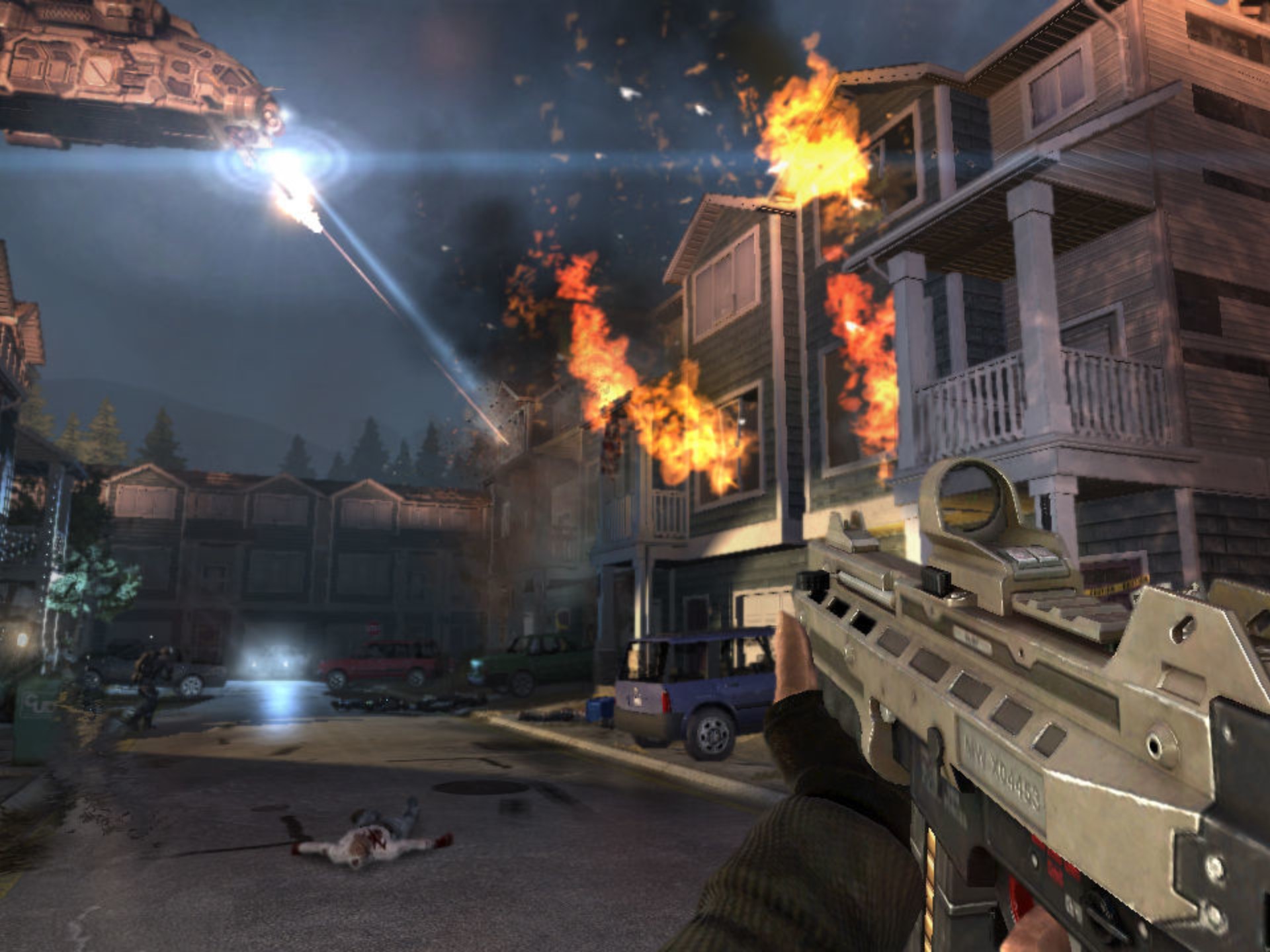Title: Fire Dispatcher Simulator VR: Revolutionizing Emergency Response Training with the "Send Missions" Update
#VRGaming #EmergencySimulation #FireDispatcher #GameUpdate #VirtualReality #TrainingTech #GamingCommunity
The world of virtual reality (VR) gaming continually pushes the boundaries of immersion, allowing players to step into roles they might never experience in real life. Among these unique experiences, Fire Dispatcher Simulator VR has carved out a distinct niche. It doesn't task you with running into burning buildings; instead, it places you in the hot seat of an emergency call center, where your calm demeanor, quick thinking, and strategic resource management are the only things standing between chaos and control. The latest "Send Missions" update is not merely an addition; it's a transformative expansion that deepens the gameplay, enhances realism, and solidifies the simulator's position as a premier educational and entertainment tool.
The Core of the Simulation: More Than Just a Game
Before delving into the update, it's crucial to understand the simulator's foundation. Fire Dispatcher Simulator VR excels at replicating the high-pressure environment of a 911 dispatch center. With a VR headset and motion controllers, you physically interact with a complex console: answering frantic calls, viewing a dynamic city map, and deploying units like fire engines, ambulances, and technical support vehicles. Every decision carries weight. Sending the wrong unit type, misjudging the severity of an incident, or being too slow can have dire in-game consequences. This core loop is a masterclass in tension and strategic thinking.

The "Send Missions" Update: A New Layer of Strategic Depth
The "Send Missions" update addresses a key request from the community and adds a profound new layer of operational command. Previously, the focus was heavily on the initial emergency call and the immediate dispatch of units. This update introduces a continuous mission lifecycle, transforming a dispatcher's role from reactive to proactively managerial.
1. Evolving Incident Management: Gone are the days of simply sending a truck and considering the job done. The "Send Missions" system introduces multi-stage incidents. For example, a initial call about a minor kitchen fire might escalate once the first responders arrive on the virtual scene. Your deployed unit can now radio in with a situation update: "Dispatch, we have a code upgrade. Fire has spread to the attic; we require two additional ladder trucks and an EMS unit for smoke inhalation."
This requires you, the dispatcher, to listen carefully, assess the new information, and scramble additional resources without neglecting other ongoing emergencies across the city. It brilliantly mimics the fluid and unpredictable nature of real-world firefighting.
2. The "Mission" Interface and Logistics: A new dedicated "Active Missions" panel has been integrated into the dispatch console. This screen lists all ongoing incidents, their status (En Route, On Scene, Under Control), and the units assigned. The critical new feature is the ability to "Send" follow-up instructions and specific missions to units already in the field.
These missions can include:
- Investigation: Sending a unit to investigate a secondary alarm or a bystander's report.
- Support: Directing a water tender to resupply engines engaged in a prolonged firefight.
- Standby & Cover: Ordering a unit to standby at a hospital or cover another district's empty station while their resources are deployed.
- Traffic Control: Dispatching support units to manage crowds and traffic around a major incident.
This turns the game into a complex logistics puzzle. You’re no longer just putting out fires; you’re managing a finite fleet, ensuring units are strategically positioned, and anticipating the city's needs.
3. Enhanced Communication Realism: The update overhaul's the radio communication protocol. Instead of simple text prompts, communication is now more nuanced. Units will request specific missions, and you must acknowledge and assign them using the new interface. The voice acting for unit commanders has been expanded with new lines, adding to the authenticity. The crackle of the radio with a request for a "Mission" reinforces the feeling of being part of a large, coordinated team.
4. Advanced Resource and Fatigue System: With units now engaged in longer, multi-phase missions, a new resource management layer emerges. Units accrue "fatigue" and consume fuel and water. The "Send Missions" update introduces a resource status monitor. It becomes your job to rotate units, send them back to station for resupply, or dispatch fuel tankers to them in the field. Letting your units run on empty means they’ll be unavailable when a major crisis hits, teaching vital lessons about sustainable emergency resource management.
The Impact: Training, Tension, and Community
The implications of this update are significant.
- For Real-World Training: The simulator moves even closer to a genuine training tool for aspiring dispatchers. The "Send Missions" feature teaches continuous situational awareness, logistical planning, and the importance of support operations beyond the initial dispatch—a valuable, risk-free training environment.
- For the Player: The tension is ramped up exponentially. Juggling five different evolving incidents, each requiring ongoing mission support, creates a thrilling cognitive challenge. The satisfaction of successfully managing a city-wide crisis through effective mission delegation is immense.
- For the Community: This update provides endless new stories and scenarios for players to share. The emergent storytelling potential—like a simple car accident escalating into a hazardous material incident requiring a carefully coordinated mission chain—ensures no two play sessions are ever the same.
Conclusion
The "Send Missions" update for Fire Dispatcher Simulator VR is a landmark evolution. It demonstrates a deep understanding of its subject matter and a commitment to delivering a rich, authentic simulation. By shifting the focus from isolated dispatches to a continuous cycle of command and logistics, the developers have significantly increased the game's strategic depth, replayability, and educational value. It’s a must-try update for veterans and a compelling reason for new players to step into the high-stakes world of emergency dispatch, where every mission you send can change the fate of a virtual city.
#VRGaming #EmergencySimulation #FireDispatcher #GameUpdate #VirtualReality #TrainingTech #GamingCommunity


















